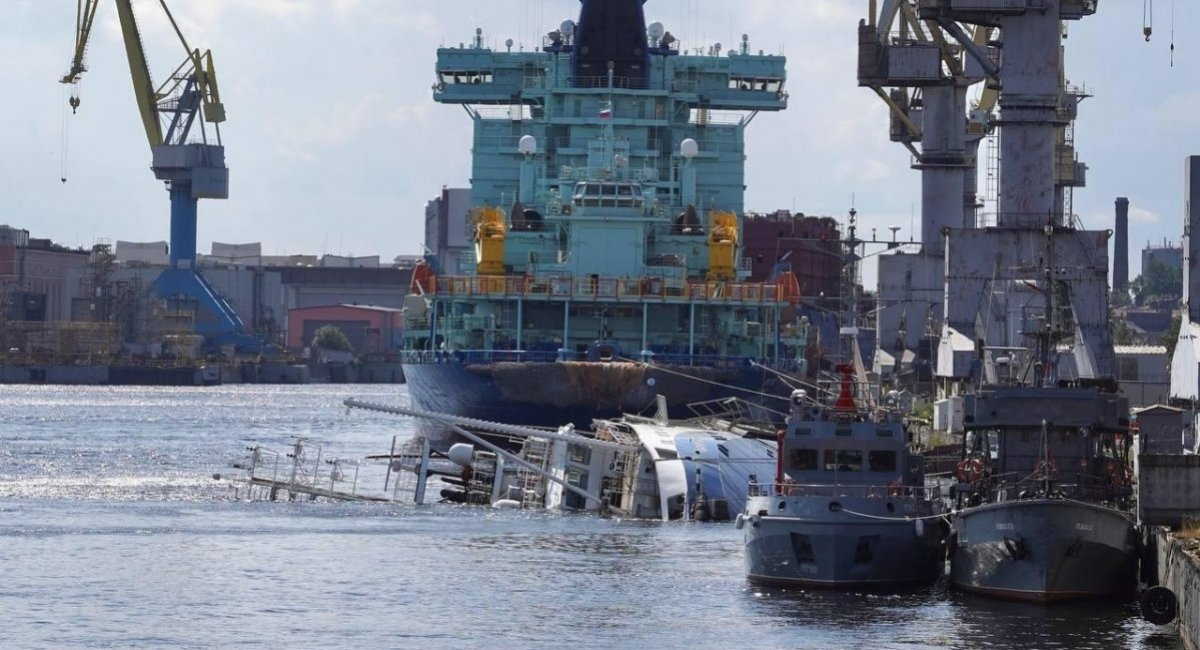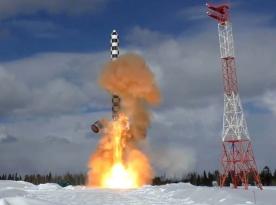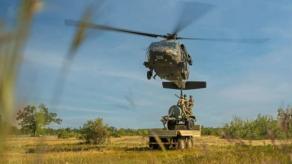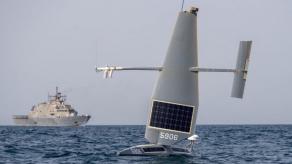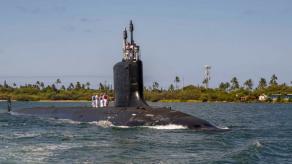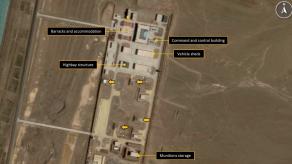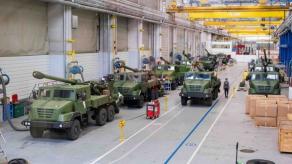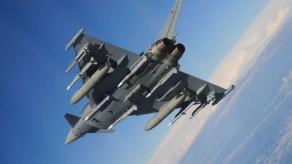Kapitan Ushakov, a Project 23470 military tugboat commissioned by the russian Ministry of Defense, has capsized and sunk right at the factory pier in St. Petersburg.
The incident serves as direct evidence of the true state of russian shipbuilding — one that can only be described as systemic degradation. All signs indicate that russia has simply forgotten how to work with complex, large vessels.
Read more: New Nuclear Submarine K-555 Dmitry Pozharsky is Commissioned With Putin's Attendance, and It's Indicative
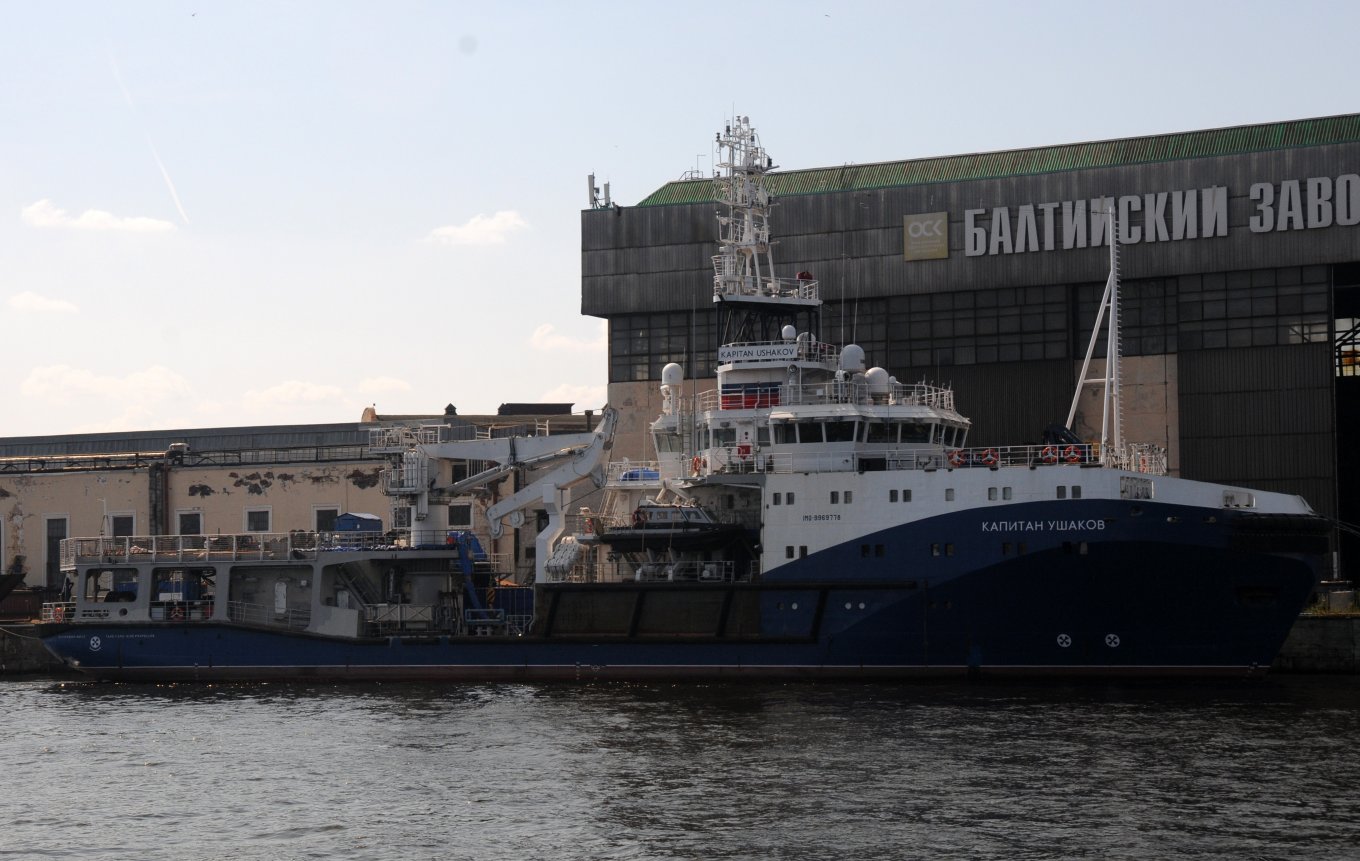
Although the word "tugboat" usually brings to mind a small ship, the Project 23470 class is no modest craft. This naval tug is 70 meters long, 15 meters wide, and has a total displacement of 3,400 tons.
On top of that, it's built to Arc4 ice class standards, meaning it can navigate through one-year-old ice up to 0.8 meters thick without assistance. The vessel is equipped with powerful crane gear capable of lifting up to 20 tons and even has its own helipad.
The russian Navy originally ordered just seven tugs of this class, assigning them to different fleets. Two of the three operational vessels are with the Black Sea Fleet, while another serves in the Pacific Fleet. A fourth was tested in the Far East in 2024, though there is no confirmation it was ever officially commissioned.
The construction timelines for these ships have been extremely drawn out. The first four were laid down in 2014, 2015, and 2016. Two entered service in 2020, the third in 2022 — each 3–4 years behind schedule. The fourth, Kapitan Sergeev, was delayed by two years, prompting the defense ministry to sue the shipbuilder for 1.5 billion rubles (around $15 million).

These delays were largely driven by international sanctions, which forced russian shipmakers to seek domestic replacements for critical imported components. The biggest challenge was sourcing azimuth thrusters, which were eventually claimed to be manufactured in St. Petersburg.
However, any deviation from the original design requires partial reengineering, potentially altering a ship's stability, a factor that can contribute to disasters like flooding or capsizing right at the dock during final touches before its completion.
That is exactly the path that the Baltic Shipyard went when building the Kapitan Ushakov. Its hull was launched in Yaroslavl in 2022, then moved to St. Petersburg in 2023 for completion.
The fact that it rolled over during final outfitting may indicate errors in the work process, and the inability to save the vessel from flooding hints at a lack of both resources and operational expertise.
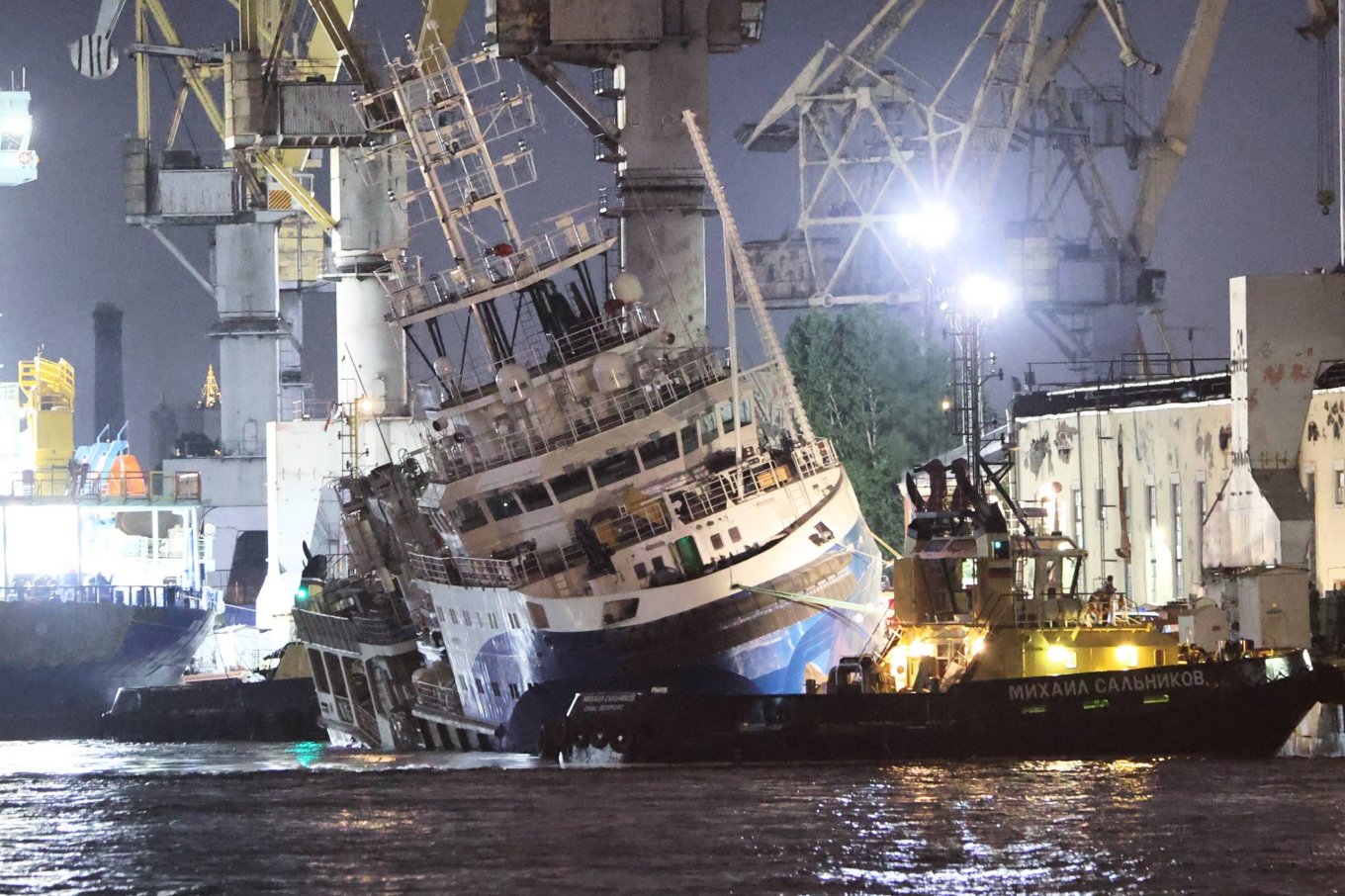
While it might be excessive to draw sweeping conclusions from a single tugboat's loss, the incident fits a larger pattern. The neverending, troubled repair of the Admiral Kuznetsov aircraft carrier — immobilized since 2017 and now facing possible scrapping or sale — illustrates similar decay.
Another example is the Admiral Chabanenko destroyer, classified in russia as a "large anti-submarine ship," which has been under repair since 2014 without completion. In other words, all signs of a broader degradation in the surface vessel industry have persisted systematically for a while now.
The production record speaks for itself: in all of 2024, the russian Navy did not receive a single new large vessel of corvette class or above. Even among smaller ships, such as the Buyan-M and Karakurt missile boats, no new units were delivered. As of late summer 2025, the situation remains similar, though several small missile ships and a handful of corvettes are in trials or nearing commissioning.
One notable exception is the Vladimir Andreev amphibious assault ship, a modified Project 11711M vessel classified in russia as "large landing ship." Launched in May 2025, it's scheduled for delivery in 2026.
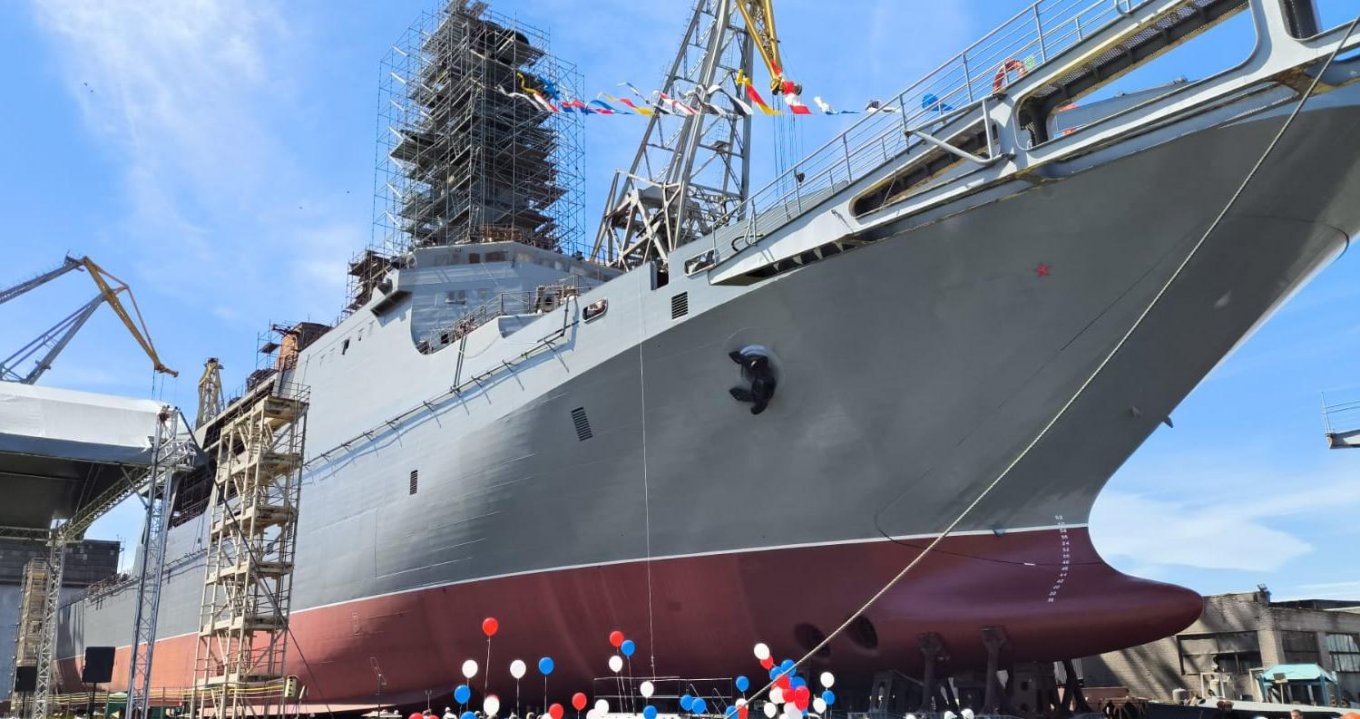
With a full displacement of 8,000 tons (possibly up to 9,500 tons, according to some sources), it is the largest russian ship under construction from a new design rather than a long-running series. Whether its completion can break the trend — or simply join the list of prolonged, troubled builds — is yet to be seen.
Read more: Nikolay Kamov Enters Trials: New russian Corvette With Sole Purpose of Hosting Ka-52



